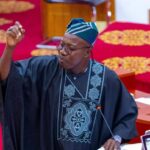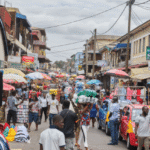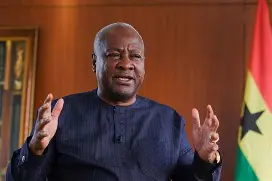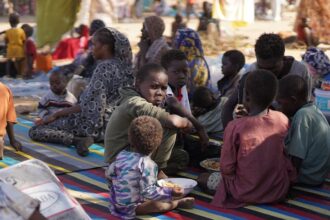The United Nations Educational Scientific and Cultural Organisation{UNESCO} has developed an indicator for media organisations on gender equality and women empowerment.
Dubbed the ‘Gender Sensitive Indicators for Media’ (GSIM), the indicator seeks to foster gender equality within media organisations, as well as portray gender sensitivity in media content.
The aim of the GSIM is to contribute to gender equality and women empowerment in and through media of all forms, irrespective of the technology used.
The GSIM was developed by UNESCO, in cooperation with the International Federation of Journalists and many other partners, on the basis of various consultations.
The indicators
A webinar was held at the Department of Communication Studies of the University of Ghana in Accra on Friday to educate students, as well as media practitioners, on the GSIM.
The Dean of the Department of Communication, Prof. Audrey Sitsofe Gadzekpo, who made a presentation on the indicators, explained that the first category of the indicator called for gender balance at the decision making level at media organisations, as well as gender equality in work and working conditions.
For instance, the first category looked at the proportion of women in ownership, business management and board positions of media organisations and cyclical review and reporting on actions to ensure a gender balance at the decision making levels.
The second category of the GSIM, Prof Gadzekpo, said called for the coverage of gender equality and equity issues as an important and integral part of the media’s acknowledged role as watchdog of the society.
Indicators in the second category, for instance, included the percentage of stories focusing on issues of gender equality or and inequality, as well as the time and prominence given to gender-based stories compared to other stories.
Objective
Ultimately, she stated that the GSIM objective was to make gender issues transparent and comprehensive and thus, make media organisations look at their own operations and practices as well as their content produced for the public, with a gender-sensitive eye.
“Through their use and application, these indicators seek to enhance the capacity of reporters, media managers/executives, media organisations, and citizens’ media groups to reduce stereotypical representation of women in media, and to mainstream gender equality considerations into their policies and practices”, she noted.
Prof. Gadzekpo further urged the media in Ghana to adopt the indicators since gender sensitivity was of interest to many Ghanaians.
Media practitioners at the webinar noted that some of the indicators were already being implemented in their respective media organisations.
They said positions within their organisations were purely on competence basis.
However, they acknowledged that more needed to be done to enhance gender equality in the media landscape.
Source: Graphic.com.gh














